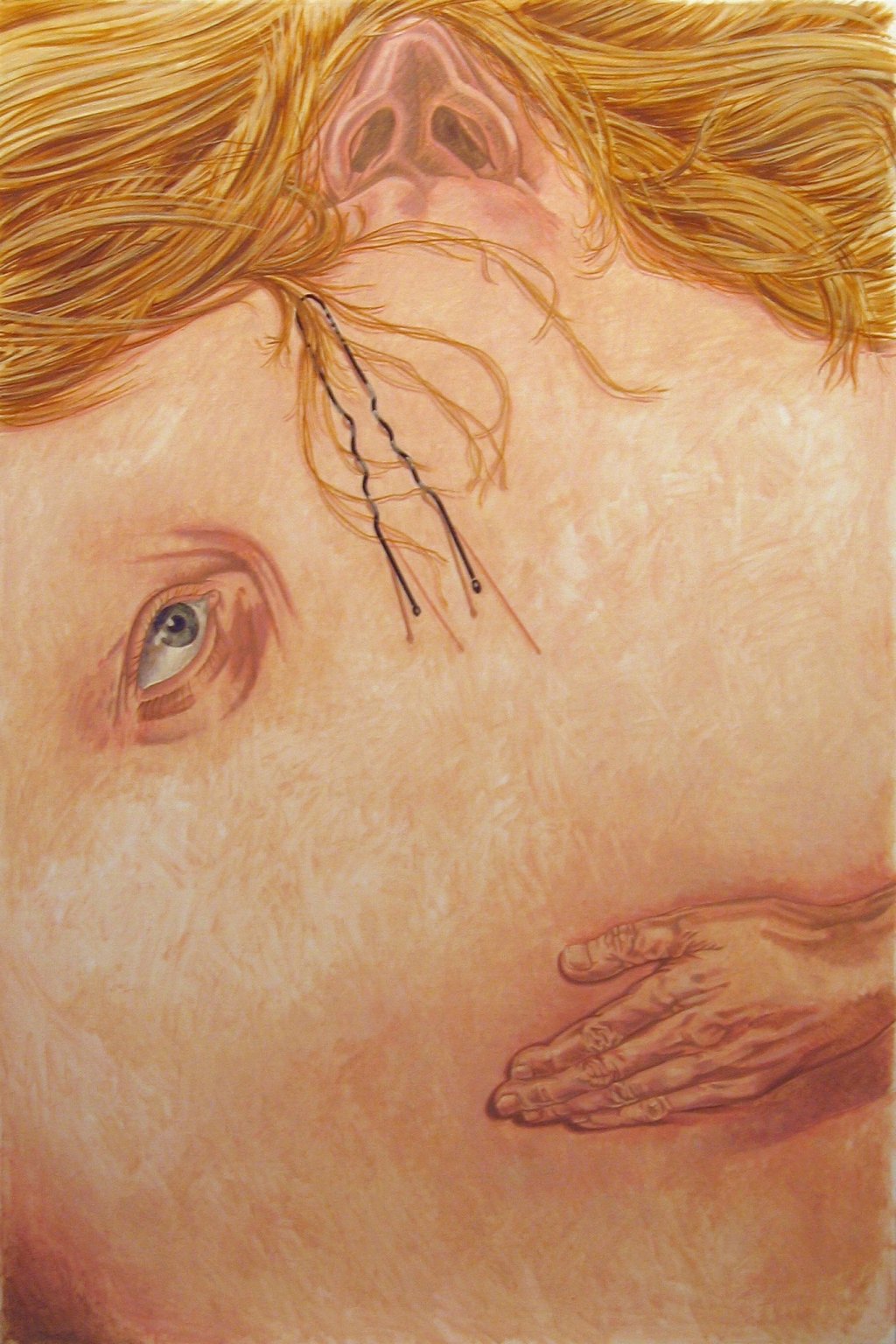[ad_1]
Alan Turner, the New York painter who captivated critics with depictions of distorted bodies and Surrealist-influenced figures, died on February 8 at his home in Lower Manhattan. He was 76. His partner of 20 years, the poet Lee Briccetti, said that the cause of death was a degenerative brain disorder, according to the New York Times.
Turner first gained acclaim in the late 1970s through his paintings and drawings of forests, before turning to his most enduring subject: fractured and jumbled humanoid figures indebted to Surrealist masters like René Magritte. In works such as the 1989 Untitled (Hairpin), a sunken eye and ear swim among the side of a twisted face. Like many of his creations, the work mixes humor with horror.
“I never meant to scare people,” Turner told curator Dan Nadel in a 2017 interview. “If they were scared or put off, it had to do with the nature of who they were.”
“Many of the significant developments in painting at the end of the 20th century depended upon representations of the human figure. Alan Turner’s work was at the edge, if not out of bounds,” artist Carroll Dunham wrote in BOMB magazine in 2000. “He suffers from whatever is the opposite of attention deficit disorder—an alertness to detail made more disarming by its distance from retrograde exercises in illusionism.”
Turner’s work was wide ranging and widely exhibited, including his more recent “Box House” series of mostly graphite drawings, which look at homeless encampments in New York and in Italy. In a press release tied to a 2017 show of Turner’s at Parker Gallery in Los Angeles, Nadel wrote, “The box idea expanded, as another surface and idea—the vessels that house fragments, bodies, entire memory stocks of civilizations. These paintings, which gradually shifted to entirely graphite processes, are among Alan’s most moving and ambiguous.”
Alan Lee Turner was born in the Bronx, New York, on July 6, 1943. He earned a bachelor’s degree in art from City College in 1965, and two year later received a master’s from the University of California, Berkeley. While in California, Turner studied under David Hockney. “From David Hockney I learned to work from background to foreground in a painting,” he told Nadel in the 2017 interview.
In 1968 Turner decamped to London to avoid the draft, where he lived and worked in Hockney’s apartment. He had his first solo show in Cologne, Germany, in 1971, and returned to the United States the following year for his first stateside show at the Carl Solway Gallery. His work is included in the collections of the Museum of Modern Art and the Whitney Museum in New York, the Denver Art Museum, the Minneapolis Institute of Art, and the Museum of Fine Art, Boston, among other institutions.
[ad_2]
Source link

